
The 1990s, oh what a time to be alive! Often shortened to “the ’90s” or “The Nineties,” this decade kicked off on January 1, 1990, and wrapped up on December 31, 1999. It’s culturally imagined as the “post-Cold War decade,” a period stretching from the Revolutions of 1989 right up until the seismic shift of the September 11 attacks in 2001. Talk about a decade bookended by monumental change! The world population itself saw a huge jump, growing from 5.3 to 6.1 billion people during these ten years. It was a time of undeniable transformation, shaping much of what we experience today.
This era wasn’t just about flip phones and grunge music; it was a whirlwind of global shifts, rapid technological advancements, and some truly intense human experiences. The United States emerged as the world’s sole superpower, leading to a period of relative peace and prosperity for many Western countries, even as other regions faced immense challenges. From the birth of new music genres that took over our airwaves to the explosion of video games that redefined entertainment, the ’90s truly had a vibe all its own. We saw greater attention being paid to multiculturalism and the thrilling advance of alternative media, offering fresh perspectives and voices like never before.
So, grab your scrunchies and dust off your Tamagotchis, because we’re taking a deep dive back into the Nineties! This isn’t just a trip down memory lane; it’s a look at the pivotal moments, game-changing technologies, and powerful cultural forces that not only defined the decade but continue to echo in our world today. We’ve rounded up 14 of the most iconic events and trends that absolutely owned the ’90s. Let’s get started with the first half of our journey, exploring seven incredible items that truly shaped our collective experience.
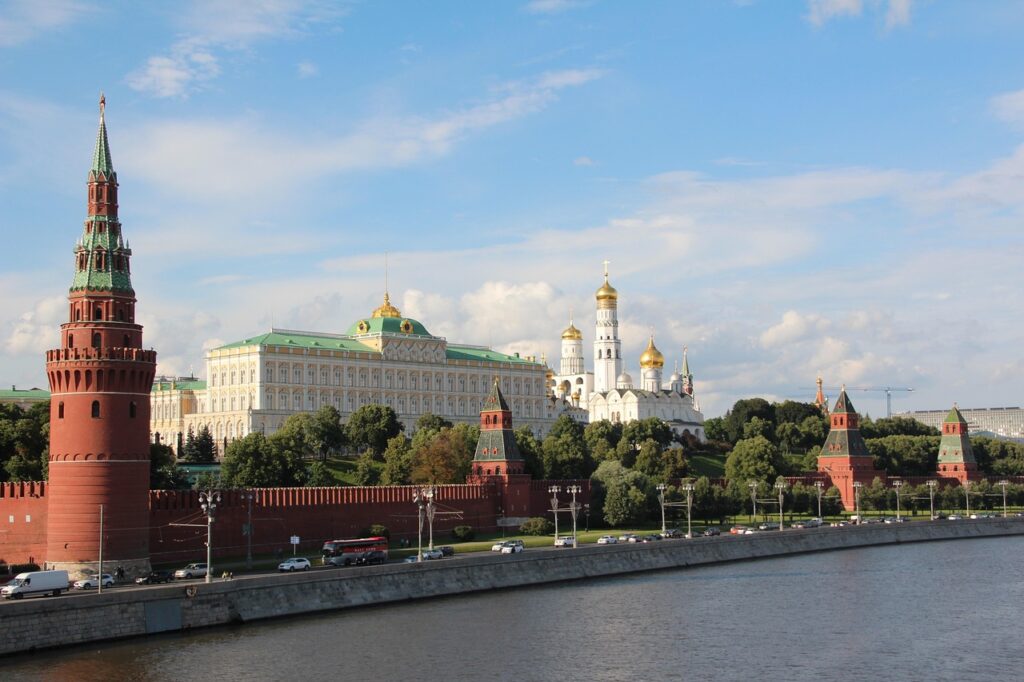
1. **Dissolution of the Soviet Union: A New World Order**The 1990s truly began with a bang, or rather, a seismic geopolitical realignment: the dissolution of the Soviet Union. This monumental event, occurring on December 26, 1991, marked the end of Russia’s status as a superpower, consequently ending a multipolar world. Suddenly, the global political landscape was fundamentally reshaped, ushering in what became known as the “post-Cold War decade.” Former Soviet Socialist Republics (SSRs) like Armenia, Azerbaijan, Belarus, Estonia, Georgia, Kazakhstan, Kyrgyzstan, Latvia, Lithuania, Moldova, Tajikistan, Turkmenistan, Ukraine, and Uzbekistan all declared their independence, signaling a dramatic shift in global power dynamics.
This was a direct result of the Perestroika (restructuring) of the Soviet Union, which had destabilized the region, allowing nationalist and separatist movements to gain popularity. Boris Yeltsin, then chairman of the Supreme Soviet of Russia, resigned from the Communist Party, becoming a leading opposition figure against Mikhail Gorbachev. The Communist Party subsequently lost its status as the governing force and was banned after a coup attempt by communist hardliners failed to reverse Gorbachev’s reforms.
Yeltsin’s counter-revolution proved victorious, culminating in Gorbachev’s resignation from the presidency on December 25, 1991. With this, the Soviet Union formally dissolved, closing a major chapter in 20th-century history. Yeltsin then became president of the Russian Federation, though his tenure was marked by political unrest and economic crisis. This shift fundamentally altered international relations, setting the stage for a new global order where the US emerged as the world’s sole superpower, fostering relative peace and prosperity for many Western countries.
Read more about: Decoding the USA: An Engineering Perspective on America’s Foundational Systems

2. **The World Wide Web Goes Mainstream: Connecting Everyone (Eventually!)**While we might take it for granted today, the 1990s were the decade when the World Wide Web burst onto the scene, gaining massive popularity worldwide and forever changing how we connect, learn, and entertain ourselves. This was a revolution in information technology, significantly enhancing network cultures through the proliferation of new media. Suddenly, individuals could self-publish web pages and forge connections on an incredible range of topics, from professional interests to political discussions and niche hobbies.
The Web’s evolution went hand-in-hand with other tech advancements, like the continuous development of the Pentium microprocessor, providing the necessary computing power. Early mainstream internet users were incredibly optimistic about its benefits, particularly the future of e-commerce. It felt like possibilities were endless, with many seeing the internet as a powerful tool for anonymity, especially those skeptical of government oversight.
Of course, access wasn’t universal. The “digital divide” was an immediate reality, initially limiting access to those who could afford the technology and operate a computer. Yet, the momentum was undeniable. Web portals, acting as curated bookmark homepages, became just as popular as searching via web crawlers, guiding us through this vast new digital landscape. This era of exploration and collective realization laid the foundation for our modern digital world.
The internet’s optimistic fervor also fueled the “dot-com bubble” between 1997 and 2000, bringing wealth to some entrepreneurs. Although this bubble eventually crashed, the foundations for today’s ubiquitous digital life were firmly laid in the ’90s, beginning its journey from a niche tool to an essential daily experience.

3. **The Gulf War: A New Kind of Conflict**The early 1990s saw the Middle East plunge into a major international conflict: the Gulf War, from August 2, 1990, to February 28, 1991. Iraq, severely indebted after the Iran–Iraq War, saw President Saddam Hussein accuse Kuwait of flooding the oil market, driving down prices. In response, Iraqi forces invaded and conquered Kuwait, an act of aggression that immediately drew international condemnation.
The United Nations (UN) swiftly condemned Iraq’s actions, leading to the formation of a powerful coalition force primarily led by the United States. This force was rapidly dispatched to the Persian Gulf, signaling a unified international response to protect Kuwait’s sovereignty and highlighting new aspects of global cooperation.
Aerial bombing campaigns against Iraq began in January 1991, showcasing advanced military technology. Just one month later, UN forces launched a ground offensive that famously drove the Iraqi army from Kuwait in a remarkably swift four days. This decisive victory highlighted the overwhelming power of the international coalition and became a defining military event of the post-Cold War era.
The Gulf War left a lasting impression, not only on the geopolitical landscape but also on how future international conflicts would be managed. Images of American jets flying over burning oil fields in 1991 became iconic, symbolizing both the conflict and its devastating environmental toll, reinforcing the global community’s willingness to act against blatant aggression.
Read more about: U.S. Navy’s Caribbean Operations: An In-Depth Look at Vessel Interdictions, Escalating Tensions with Venezuela, and Legal Scrutiny

4. **The Human Genome Project: Unlocking Life’s Code**Beyond geopolitical dramas, the 1990s also ushered in an era of groundbreaking scientific discovery, most notably with the launch of the Human Genome Project in 1990. Spearheaded by the National Institutes of Health (NIH), this ambitious endeavor had a singular, monumental goal: to sequence the entire human genome. Imagine, scientists setting out to read the complete genetic instruction book for building a human being! This was a truly visionary undertaking, promising to revolutionize medicine and our understanding of life itself.
This project held immense potential for practical applications. By mapping the human genome, researchers aimed to identify genes responsible for various diseases, develop new diagnostic tools, and pave the way for novel treatments and cures. It represented a bold step forward in biotechnology, standing alongside other key advancements of the decade such as the first gene therapy trial and the very first cloning of a mammal. The ’90s truly were a golden age for biological innovation, pushing the boundaries of what was previously thought possible.
The Human Genome Project’s initiation signaled a new era of collaborative, large-scale scientific research, requiring unprecedented coordination among scientists worldwide. While its full implications and benefits would unfold over many subsequent decades, its launch in 1990 was a defining moment for the ’90s. It laid the foundation for personalized medicine, genetic screening, and a deeper understanding of human biology, fundamentally altering the trajectory of medical science and capturing the spirit of scientific optimism.
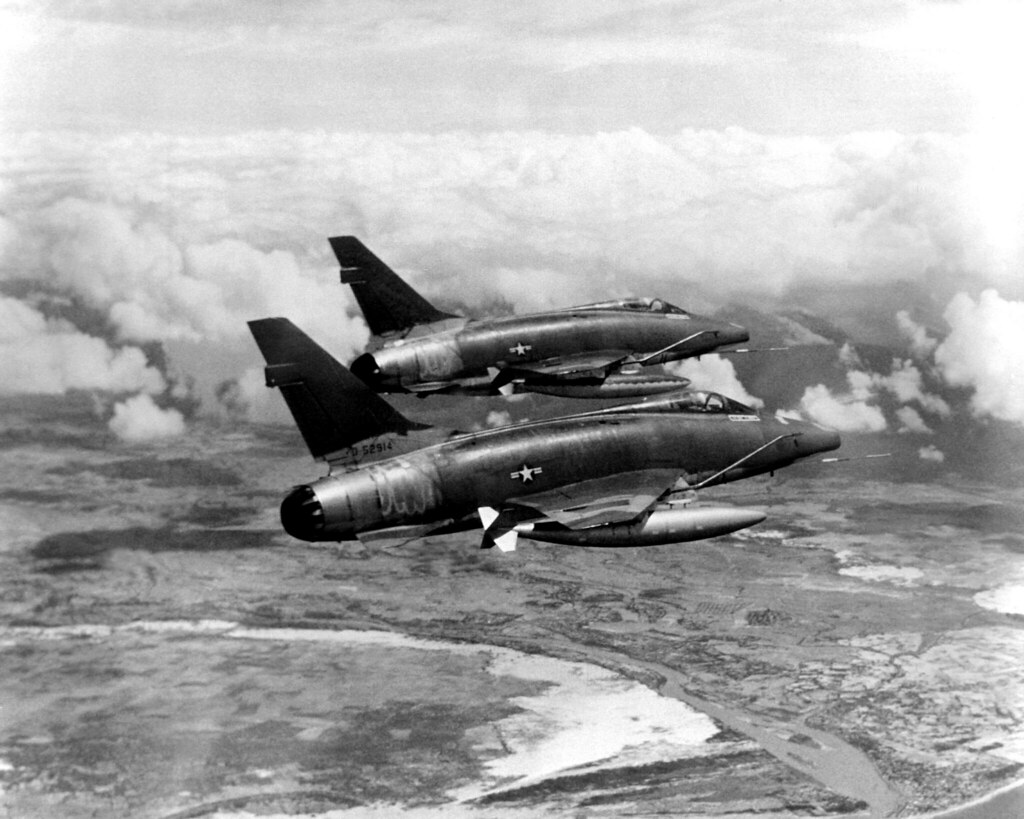
5. **The Yugoslav Wars: A Continent Divided by Conflict**Amidst the optimism of a “post-Cold War” world, Europe tragically witnessed some of its most brutal conflicts since World War II: the Yugoslav Wars, which ravaged Southeast Europe from 1991 to 1995. These wars erupted following the tumultuous breakup of Yugoslavia, beginning on June 25, 1991, when the republics of Croatia and Slovenia boldly declared independence. This fracturing unleashed a series of complex and devastating conflicts, drawing global attention to the resurgence of ethnic tensions in Europe.
These conflicts were particularly notorious for appalling war crimes and widespread human rights violations, including ethnic cleansing and acts of genocide. The overwhelming majority of casualties were Muslim Bosniaks, targeted in a horrifying campaign of violence. The Bosnian War (1992–1995), involved several ethnically-defined factions, with the Siege of Sarajevo (1992–1995) standing as the most violent urban warfare Europe had seen since World War II, as Serb forces relentlessly bombarded and attacked Bosnian-controlled areas. The images of Sarajevo’s executive council building burning after being hit by Bosnian Serb artillery became a tragic symbol.
The final fighting in the Croatian and Bosnian wars concluded in 1995 with successful Croatian military offensives against Serb forces. This led to a mass exodus of Serbs from Croatia and significant losses for Serb forces. The signing of the Dayton Agreement brought an end to major hostilities, internally partitioning Bosnia and Herzegovina. These wars left deep scars of ethnic strife, serving as a somber reminder of humanity’s darkest capacities and the fragility of peace.

6. **The Rwandan Genocide: A Global Failure**In 1994, the world bore witness to one of the most horrific humanitarian catastrophes of the 20th century: the Rwandan genocide. From April 6 to mid-July 1994, for approximately 100 days, hundreds of thousands of Rwanda’s Tutsis and Hutu political moderates were systematically killed by the Hutu-dominated government, driven by the abhorrent “Hutu Power” ideology. Estimates of the death toll are staggering, ranging from 500,000 to as high as 1,000,000 people. The sheer speed and scale of the killings were unimaginable.
This was a period of unimaginable horror, where human barbarity reached devastating levels. The chilling images of bones of genocide victims in places like Murambi Technical School stand as a stark, permanent reminder of the atrocities committed. The world watched, often with agonizing slowness, as this tragedy unfolded.
In the aftermath, the United Nations and major global states came under severe criticism for their profound failure to intervene and stop the genocide. The international community’s hesitation and inability to act decisively to protect innocent lives left an indelible stain on the ’90s and prompted serious soul-searching about global responsibilities in the face of mass atrocities. It was a stark reminder of the limitations and failings of international diplomacy and peacekeeping.
The Rwandan genocide stands as a solemn and painful chapter of the 1990s, a testament to the tragic consequences of ethnic hatred and the devastating impact of global inaction. It forced a global reckoning on the responsibilities of nations to prevent and respond to genocide, forever shaping discussions around humanitarian intervention and the principle of “never again.” The echoes of this tragedy resonate even today, reminding us of the fragility of peace and the importance of vigilance.
Read more about: Nostalgic for the Nineties? Relive the Pivotal Moments, Tech Booms, and Global Shifts That Defined a Decade

7. **The Oslo Accords: A Flicker of Hope for Middle East Peace**Amidst the chaos and conflict that defined parts of the 1990s, there were also moments of profound hope and earnest attempts at peace. One such pivotal moment was the signing of the Oslo Accords on September 13, 1993, which sought to address the long-standing Israeli-Palestinian conflict. This landmark agreement brought Israeli Prime Minister Yitzhak Rabin and Palestine Liberation Organization (PLO) Chairman Yasser Arafat to the negotiating table, with United States President Bill Clinton facilitating the discussions.
The image of Rabin, Arafat, and Clinton together during the signing ceremony was instantly iconic, symbolizing a rare moment of unity and a shared vision for a peaceful future. By signing the Oslo Accords, the Palestine Liberation Organization took the significant step of formally recognizing Israel’s right to exist. In a reciprocal move, Israel agreed to permit the creation of an autonomous Palestinian National Authority, which would govern the Gaza Strip and West Bank. This arrangement was put into effect in 1994.
Following the accord, Israeli military forces began to withdraw from these designated Palestinian territories, marking an end to the First Intifada, a period of intense violence between Palestinian Arab militants and Israeli armed forces that had lasted from 1987 to 1993. The establishment of the Palestinian National Authority in 1994 granted Palestinian Arab people official autonomy over the Gaza Strip and West Bank, even if it did not confer official independence from Israel. It was a significant step toward self-governance and a beacon of hope in a turbulent region.
However, the path to lasting peace proved incredibly fragile. The assassination of Israeli Prime Minister Yitzhak Rabin on November 4, 1995, by a right-wing extremist who opposed the accords, dealt a devastating blow to the peace process. Despite this tragic setback, the Oslo Accords remain a defining event of the ’90s, representing a courageous attempt to forge a peaceful resolution and reminding us of the enduring hope for dialogue in difficult times.
Alright, so we’ve journeyed through the intense geopolitical shifts and initial technological sparks of the early ’90s. But hold onto your Rollerblades, because the decade was far from over! The later Nineties brought a whole new wave of cultural explosions, even more political realignments that reshaped maps and minds, and economic transformations that set the stage for the new millennium. It was a time when the world truly started feeling smaller, yet the issues at home became incredibly complex. Get ready to explore seven more iconic moments that prove the ’90s weren’t just a placeholder between two centuries, but a powerhouse of change!
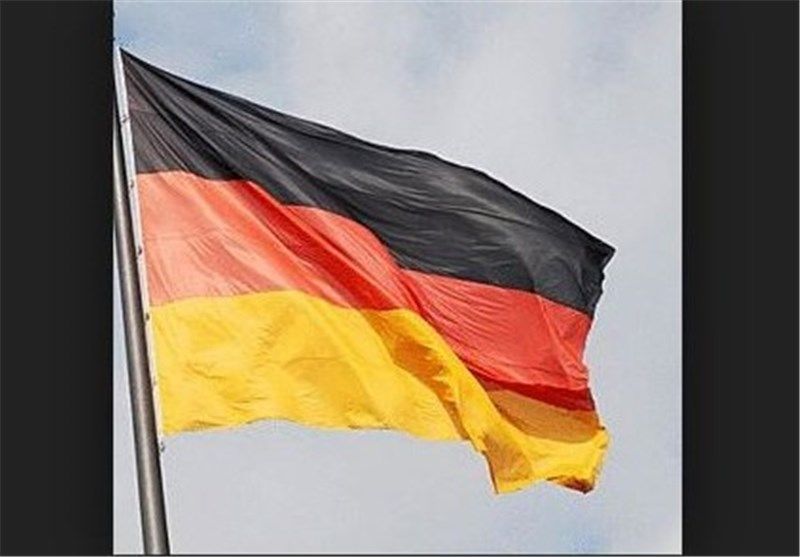
8. **German Reunification: East Meets West, Again!**Remember how the Soviet Union dissolved? Well, one of the most heartwarming and impactful ripple effects happened right in the heart of Europe: the reunification of Germany. On October 3, 1990, East and West Germany, separated for decades by the Iron Curtain, finally came together as one nation. It was an incredible moment, a direct consequence of the Soviet Union’s collapse and, of course, the fall of that iconic Berlin Wall. Can you imagine the sheer emotion of families and friends finally, officially, being whole again after so long?
But it wasn’t just a symbolic gesture. This was a massive undertaking, requiring the reintegration of two vastly different economic structures and provincial governments. Suddenly, the focus shifted to modernizing the formerly communist East, a monumental task that demanded immense resources and political will. It was like bringing two different worlds together under one roof, with all the exciting challenges and profound adjustments that entailed.
This process meant that people raised in socialist East Germany had to integrate with those living in capitalist West Germany. Think about the cultural clashes, the economic disparities, and the sheer administrative effort involved in merging two systems! It was a true testament to the spirit of the ’90s—a decade where monumental changes were met with both widespread optimism and the very real hard work of building new realities.

9. **The End of Apartheid in South Africa: A Long-Awaited Embrace of Freedom**If there was one moment in the early ’90s that truly felt like a victory for humanity, it was the dismantling of apartheid in South Africa. We all cheered when Nelson Mandela, a symbol of resilience and justice, walked free from prison on February 11, 1990, after a staggering thirty years of imprisonment for daring to oppose apartheid and white-minority rule. His release sent a wave of hope and inspiration across the globe, signaling that change was not only possible but imminent.
This incredible moment set the stage for a complete transformation. Apartheid, the oppressive system of racial segregation and discrimination, officially ended in South Africa in 1994. It was a long, arduous struggle, but the persistence of activists, the international pressure, and the courage of leaders like Mandela finally paid off. It was a defining moment for the entire African continent and a powerful lesson in the fight for human rights.
And the story got even better! In 1994, Nelson Mandela was elected President of South Africa, becoming the first democratically elected president in the nation’s history. His election didn’t just end a long legacy of apartheid white rule; it ushered in an era of reconciliation, healing, and a commitment to building a truly inclusive society. It was a beacon of what a post-Cold War world could achieve when focused on justice.
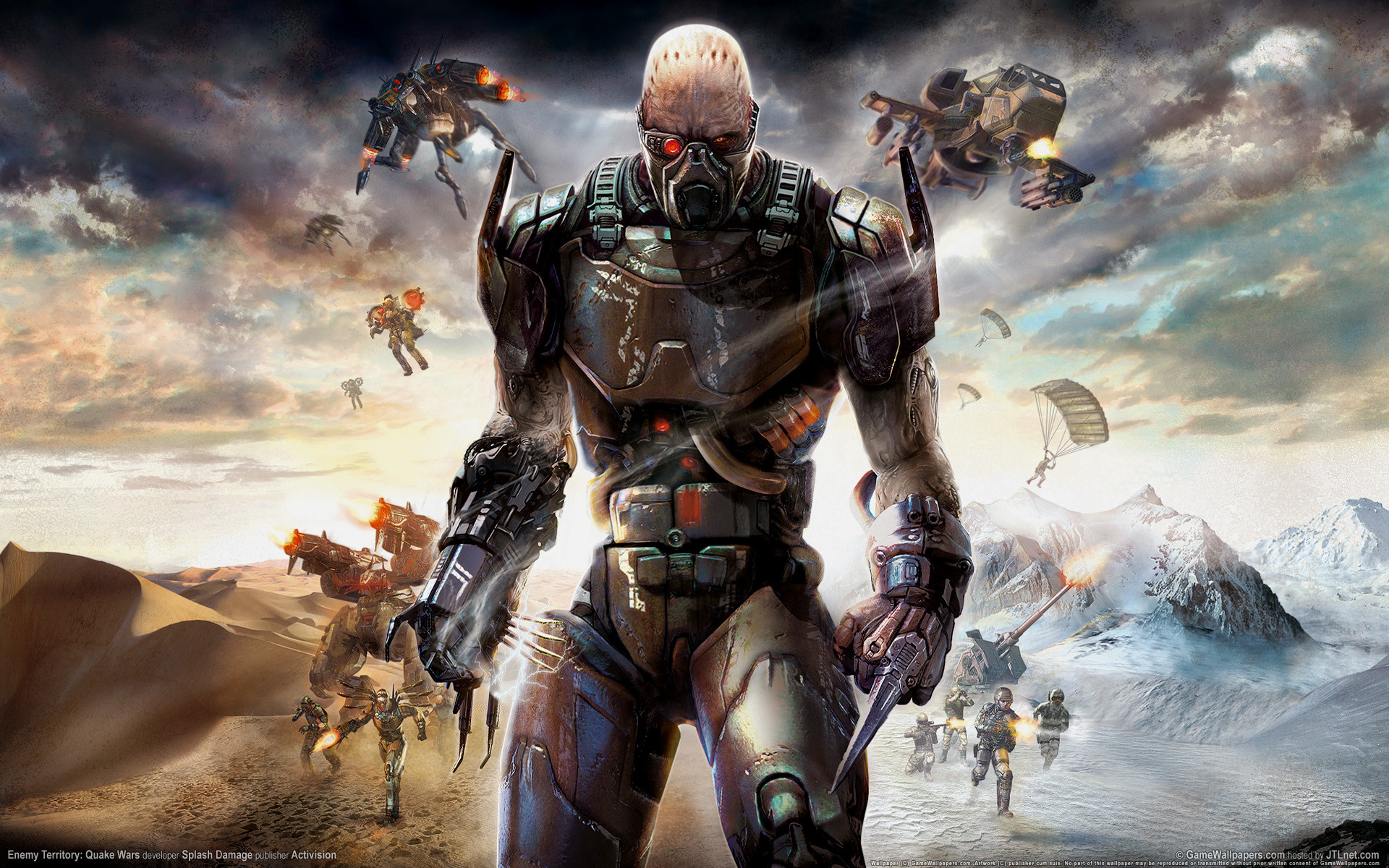
10. **The Video Game Boom: Leveling Up Our Entertainment!**Okay, prepare for some serious nostalgia, because the ’90s were when video games absolutely exploded, transforming from a niche hobby into a mainstream cultural phenomenon! If you thought the internet was big, the development of CD-ROM supported 3D computer graphics on platforms like the iconic Sony PlayStation, Nintendo 64, and even our trusty PCs changed everything. Suddenly, games weren’t just pixels; they had depth, immersion, and worlds to explore.
This wasn’t just about better graphics; it was about a whole new level of storytelling and interactive entertainment. Games like *Super Mario 64*, *The Legend of Zelda: Ocarina of Time*, and *Final Fantasy VII* captivated millions, introducing us to characters and experiences that felt truly revolutionary. It was a cultural shift that brought gaming into living rooms everywhere, making it a shared experience for friends and families.
The excitement wasn’t just for kids, either! Adults found themselves just as engrossed, proving that video games were a legitimate form of entertainment with a growing, diverse audience. This boom laid the groundwork for the massive, multi-billion dollar industry we know today, forever changing how we play and interact with digital worlds. The ’90s truly were a golden age for those of us who loved to press start!
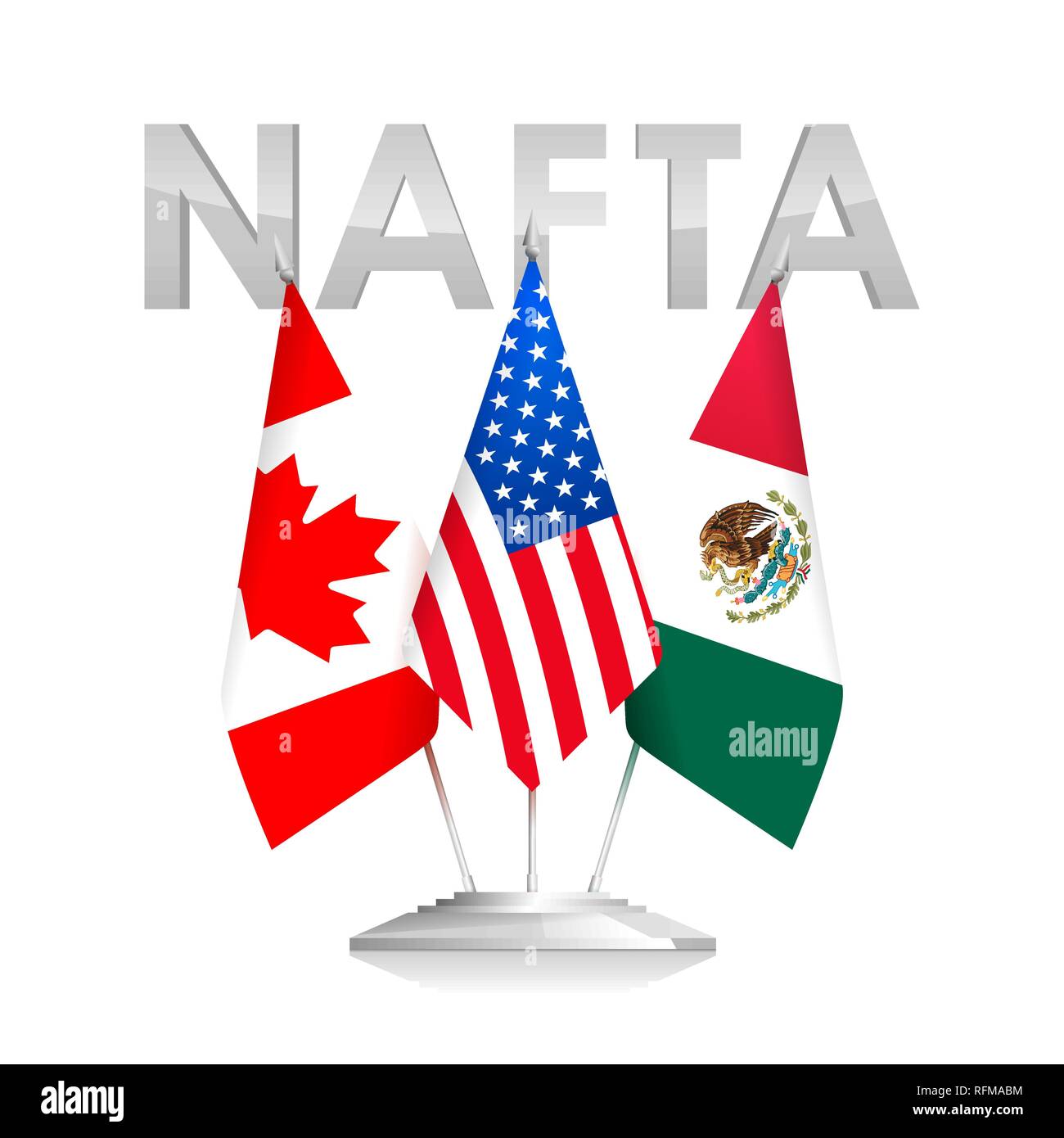
11. **NAFTA: Redrawing Economic Borders and Stirring Debate**While some walls were falling in Europe, new economic agreements were being forged that would reshape global trade. Enter the North American Free Trade Agreement (NAFTA), which came into effect on January 1, 1994. This groundbreaking pact created a vast free-trade zone encompassing Canada, Mexico, and the United States, aiming to eliminate tariffs and foster greater economic integration across the continent. It was a bold move in the era of spreading globalization.
The establishment of NAFTA, alongside the European Union (EU) in 1993 and the World Trade Organization (WTO) in 1995, signaled a clear trend towards increased international trade and economic consolidation. These agreements were celebrated by many as pathways to prosperity, growth, and stronger international relations, driving forward the neoliberal policies that defined the economic landscape of the decade.
However, not everyone was on board with this new economic order. In Mexico, the Zapatista Army of National Liberation, composed largely of indigenous people, launched an armed uprising in 1994 to protest against NAFTA. This conflict brought worldwide attention to their concerns about the agreement’s potential impact on local economies and indigenous rights, highlighting the complex social ramifications of sweeping economic policies and showing that even in a decade of perceived peace, challenges persisted.

12. **Global Music Explosion: The Soundtrack of a Generation**If there’s one thing the ’90s absolutely *owned*, it was its incredible soundtrack. This decade was a melting pot of musical styles, giving us a diverse tapestry of sounds that still resonate today. Alternative music movements like grunge, with its raw energy, became wildly popular. But that was just the tip of the iceberg! We saw the rise of reggaeton, the infectious beats of Eurodance, the burgeoning global force of K-pop, and the undeniable dominance of hip-hop, which truly cemented its place as a cultural powerhouse.
The spread of these genres was hugely aided by the explosion of new media. Satellite and cable television brought music videos right into our living rooms, turning artists into household names overnight. And let’s not forget the internet, which, though still nascent, began its journey as a platform for discovering new sounds and connecting fans. These technologies allowed music to transcend geographical boundaries faster than ever before.
Beyond the big names, new, innovative genres were constantly emerging. Think drum and bass, post-rock, happy hardcore, denpa, and trance – all contributing to a vibrant, eclectic music scene. This era wasn’t just about listening; it was about connecting. Generation X, in particular, bonded over these diverse musical tastes, finding their identity and voice in the anthems of the ’90s. What a time to be a music lover!

13. **Decolonization Continues: Historic Handover of Hong Kong**While the world was busy with new technologies and conflicts, the ’90s also saw the closing chapters of colonial history in significant ways. One of the most symbolic and widely watched events was the Handover of Hong Kong on July 1, 1997. After more than 150 years under British rule, the United Kingdom officially handed sovereignty of Hong Kong to the People’s Republic of China. It was a moment laden with historical weight and global implications, watched by millions around the world.
Just two years later, on December 20, 1999, Portugal followed suit, handing sovereignty of Macau to the People’s Republic of China. These events marked the end of major European colonial presences in Asia and represented a significant political realignment on the global stage. It wasn’t just about two cities; it was about shifting power dynamics and the culmination of centuries of international relations.
But Hong Kong and Macau weren’t the only examples of decolonization in the ’90s. Namibia gained independence from South Africa in 1990, Eritrea from Ethiopia in 1993, and Palau from the United Nations Trusteeship Council in 1994. Even East Timor, after a brutal 24-year guerrilla war, broke away from Indonesian occupation in 1999, albeit with continued international support. These events collectively underscored the ongoing global push for self-determination and the redrawing of political maps, proving the world was still in motion.

14. **The Rise of Domestic Terrorism Concerns: A Threat From Within**As the decade wore on, a chilling new dimension emerged in global security concerns: the rise of domestic terrorism. In the United States, the 1993 World Trade Center bombing, though ultimately unsuccessful in its full intent, served as a stark wake-up call, leading to broader public awareness of both international and domestic terrorism as very real and potential threats on American soil. It shattered a sense of invulnerability that many had taken for granted.
This awareness was tragically cemented two years later by the Oklahoma City bombing in 1995. This horrific attack, which targeted a federal building and killed 168 people, became the deadliest terrorist attack in the United States at that time. The fact that the suspect, Timothy McVeigh, claimed to act in retaliation for perceived government overreach, highlighted a disturbing new face of violence emerging from within national borders. It was a profound shock to the system, demonstrating that threats weren’t always from abroad.
The decade closed with yet another close call: the LAX bombing plot in 1999, where an Islamist militant associated with Al-Qaeda was arrested attempting to bomb Los Angeles International Airport during millennium celebrations. This incident, while thwarted, underscored the evolving nature of the threat and served as a chilling precursor to the heightened security concerns that would define the early 21st century, reminding us that the ’90s truly were a period of both incredible progress and emerging new challenges.
Whew, what a ride through the Nineties! From monumental geopolitical shifts to the rise of our digital lives, from heartbreaking conflicts to inspiring strides towards freedom, and from groundbreaking science to the beats that defined a generation—the ’90s truly left an indelible mark. This wasn’t just a transition decade; it was a vibrant, often turbulent, and undeniably influential era that shaped the world we navigate today. It reminds us that history is constantly unfolding, and every decade, no matter how much we might joke about its fashion choices, holds profound lessons and unforgettable moments.



